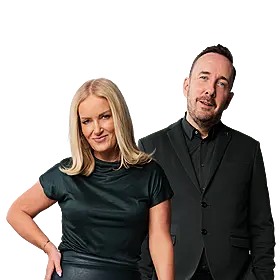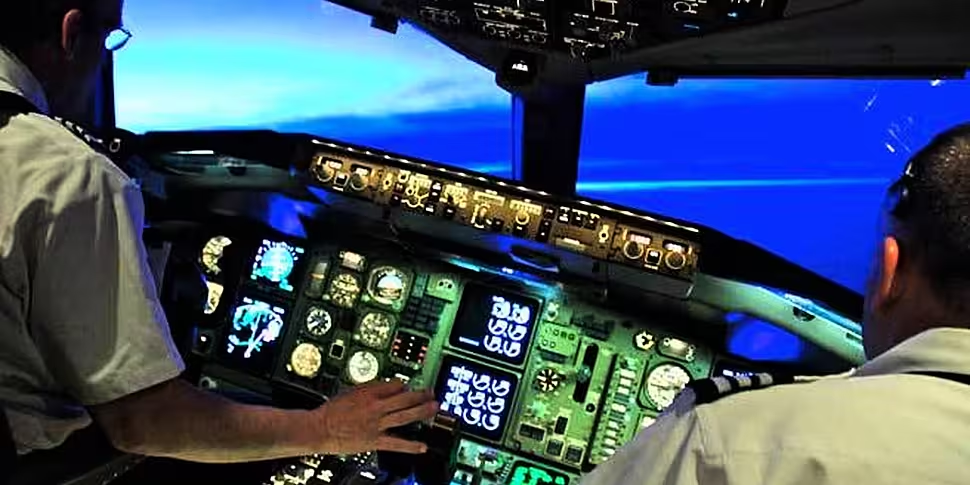There are three core pillars of aviation: Aviate, Navigate and Communicate. Communication is a key component of any safety critical environment, especially aviation but it is a soft skill, lacking the hard objective metrics characteristic of the other two pillars.
Pilot communication is assessed using a process known as Crew Resource Management (CRM), something that was initially developed in the late 70s, and that has been a global standard since 1981. Legally, pilots have to be assessed on their CRM skills every six months.
This is done by a qualified CRM instructor over a period of hours and is largely a subjective process.
While good communication is a necessary skill for any pilot, the means by which pilots communicate is somewhat limited by their operational environment. Human communication is a multi-faceted, multimodal change of verbal and non-verbal information involving gestures; facial expressions; posture; speech, and linguistic content.
However, it is not always possible to utilise all of these aspects within a cockpit environment, as pilots are constrained by the physical layout and the need to attend to multiple, complex instruments and panels. The result of this is that pilots must rely on speech as the primary means of communication.
Vocavio is a Dublin based company, spun out of a research project in Trinity College Dublin, which is using cutting edge speech analysis to objectively measure the communication ability of pilots.
We have created a cloud-based commercial product, called CrewFactors, to assess team communication skills in safety critical industries. Our system augments the current subjective CRM methodologies, providing an objective layer to give greater insight and understanding into team communication.
When we engage in conversation, we subconsciously adapt our vocal characteristics to that of the other person in order to facilitate a clear, concise communication of ideas and intent - this is called prosodic accommodation.
The amount of adaptation between two speakers indicates how involved they are in a conversation, whether there is good conversational flow, and how well they are communicating.
Its language agnostic as it focuses on how something is said, not what is said. The original research looked at how Japanese speakers adapted to each other over the course of numerous telephone conversations.
In a nutshell - the more people adapt to match each other - the better the overall communication.
This has clear benefits in the area of aviation where effective communication is a necessary skill, not just for pilots but also across the whole aviation domain: pilots, cabin crews, maintenance crews, fire crews; it has benefits in medicine where surgical and nursing teams are increasingly adopting aviation CRM methodologies, and it has benefits where any team of people (two or more) operate in a complex, safety critical environment.
It’s important to note that pilots are usually excellent communicators: we have found that most pilots score very highly using our system.
The issue in most cases is about defining a communication standard within an airline by which pilots can either aim for, or maintain themselves at. It enables them to identify what they are doing right and how to keep doing it.
What is interesting is to note the difference between experienced pilots and cadet pilots: the experienced pilots demonstrate a clear ability to recover a lot quicker from drops in communication performance, that’s not to say that we haven’t seen communication issues, its just they are less severe and pronounced than those between cadets.
We have spent considerable time validating the technology and have worked with some major European Airlines to test the technology.
Our technology is agile in the sense that it can be used within a simulator, as part of a table top communication exercise, or layered alongside new simulation technologies (like the Oculus Rift). As long as two separate audio channels, one for each speaker, can be captured, we can measure their communicative ability, no matter what type of simulation or situation the speakers are in.









